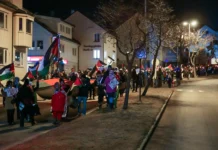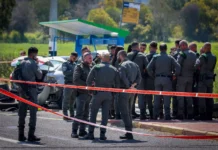Amid mass-murder by the roving Nazi Einsatzcommandos and a hostile peasantry, Jews in Tatarsk and Starodub, between Kiev and Moscow, rebelled on this date in 1941. The Einsatzcommando B report no. 124 observed that “Jews had begun to leave the (Tatarsk) ghetto of their own volition, and return to their former residences. Russians had occupied their apartments in the meantime, and the Jews tried to drive them out. Therefore, the place was systematically searched and the Jews gathered in the market square. Some of them had fled, and had to be hunted out of the nearby forest.” All of the Jewish men and three women were shot. In Starodub, the Jews resisted the establishment of a ghetto, and all 272 were executed. In Mogilev, “Jewish women showed an especially obstinate behavior,” according to an Einsatzcommando report, and 337 were shot, while other “Jews attempted to sabotage their removal to the ghetto,” and 113 were “liquidated.” According to Holocaust scholars, some of these incidents of resistance were actually fierce enough to require the Nazis to bring in troops, artillery, and air power. Also on this date in 1941, a member of Hitler’s chancellory, Dr. Viktor Brack, proposed the mass gassing of Jews as an alternative to the public mass killings.
“One need have no scruple in using Brack’s methods to liquidate Jews who are unsuitable for work. . . [Public shootings] will no longer be possible or tolerated.” —Alfred Wetzel, Ministry for the Occupied Eastern Territories

























